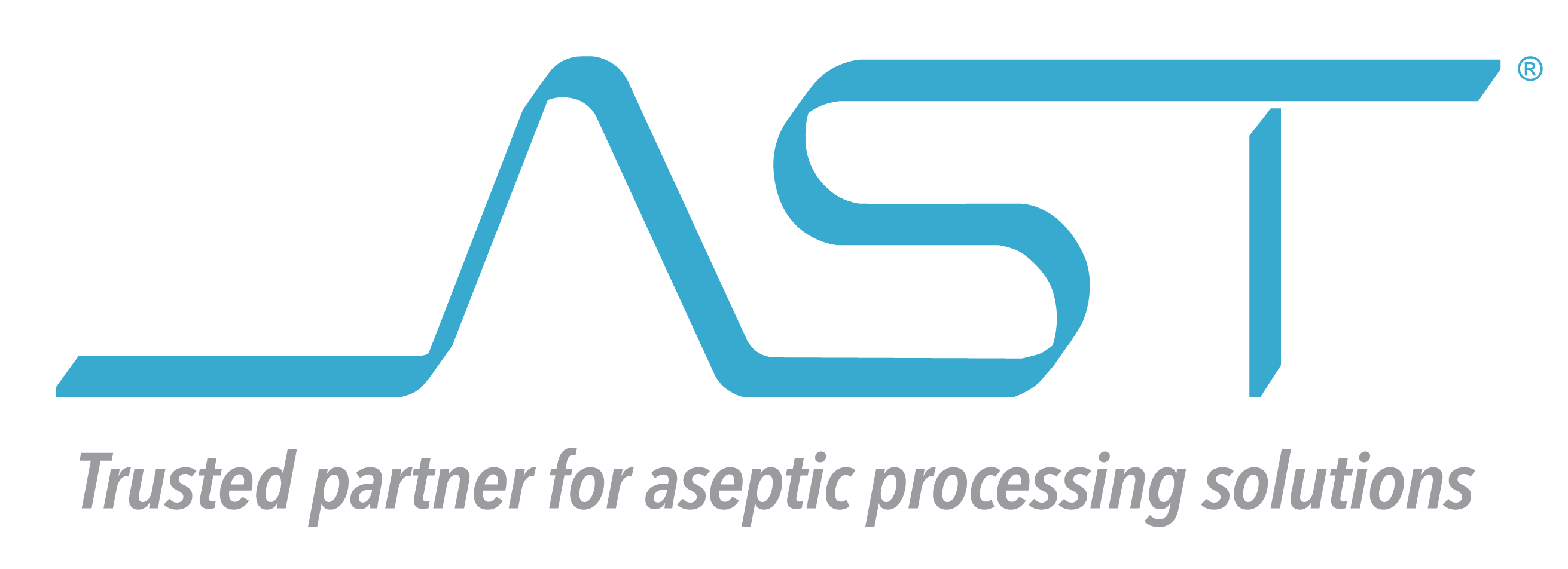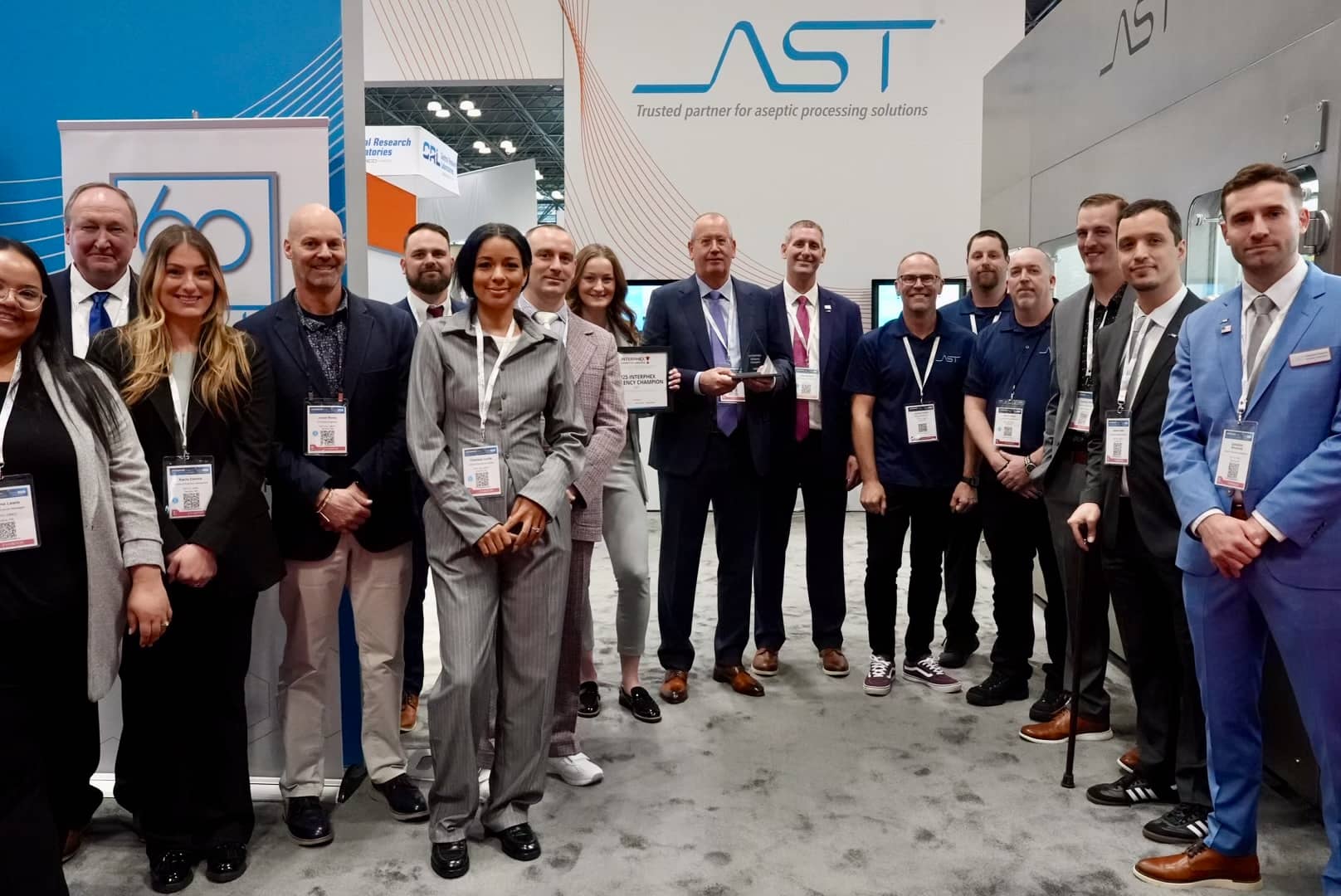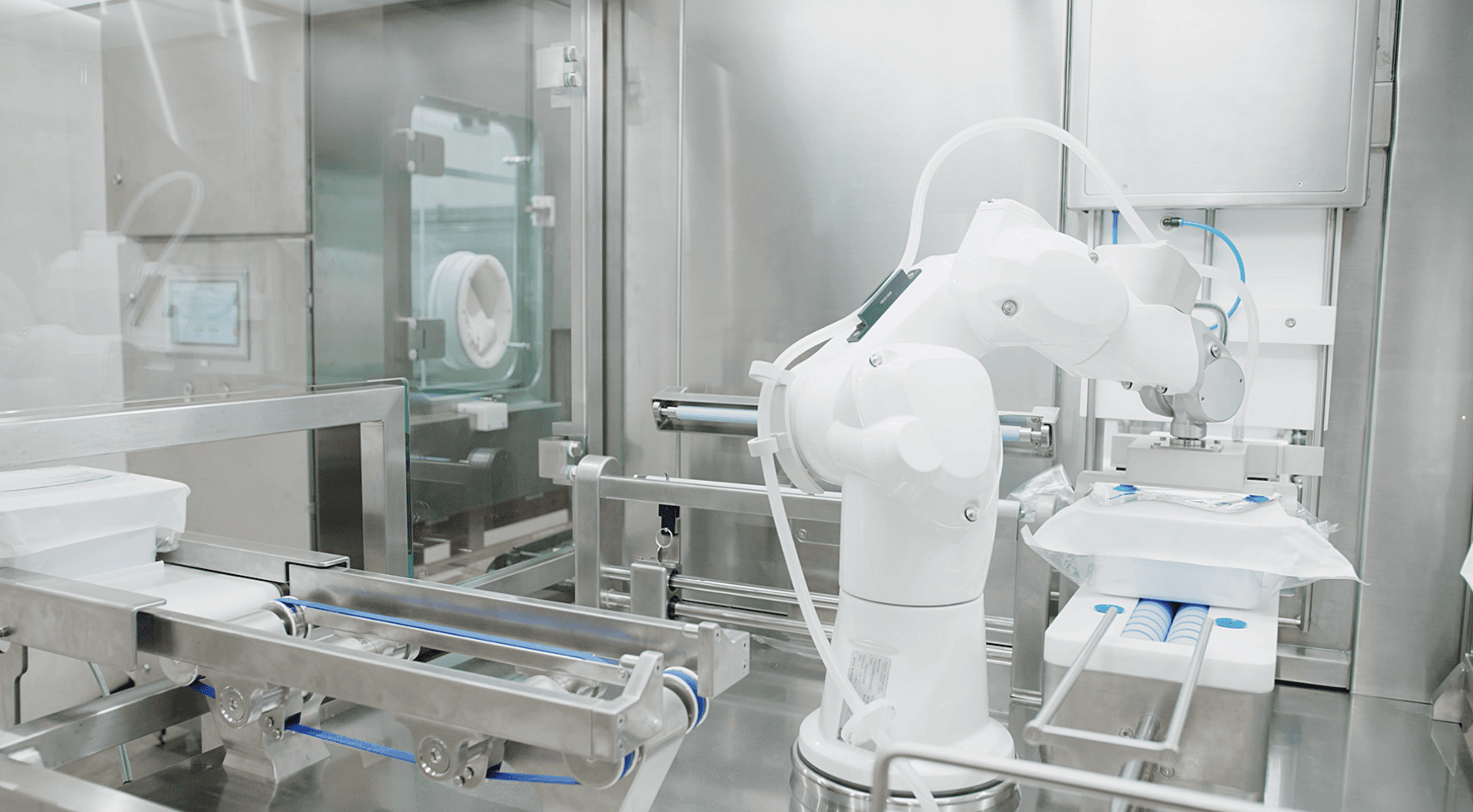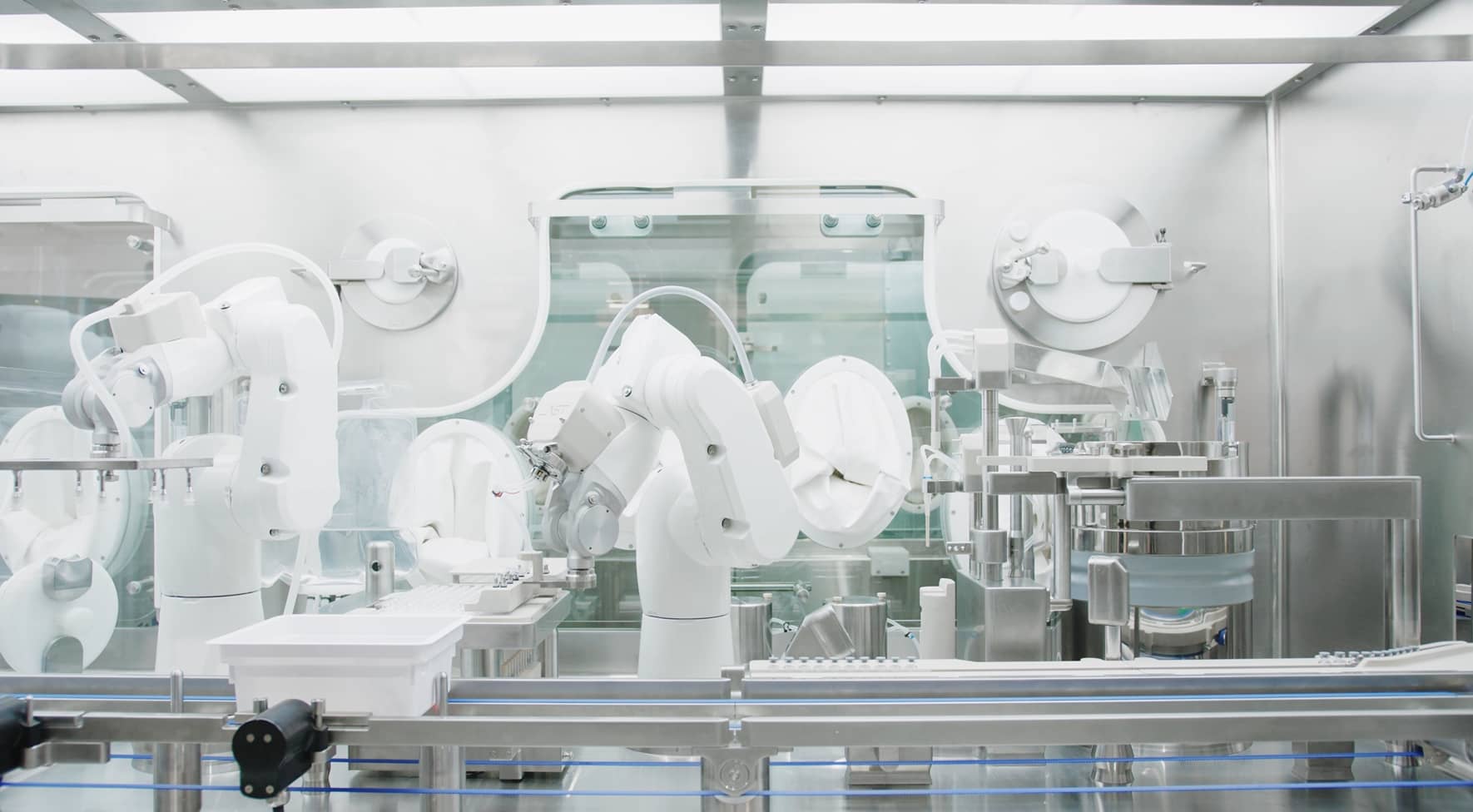Products
AST X CURIS:
A New Phase of Decontamination
The Atmos™ Isolator features industry-leading automated decontamination technology from CURIS System, which uses a low-concentration application of Vapor Phase Hydrogen Peroxide (VPHP). The innovative 7000ei system integrates seamlessly with AST technology for a unified, single point of operation. The patented 7% Curoxide™ provides industry-leading decontamination cycle times and prioritizes production uptime and the life of your fill-finish equipment.
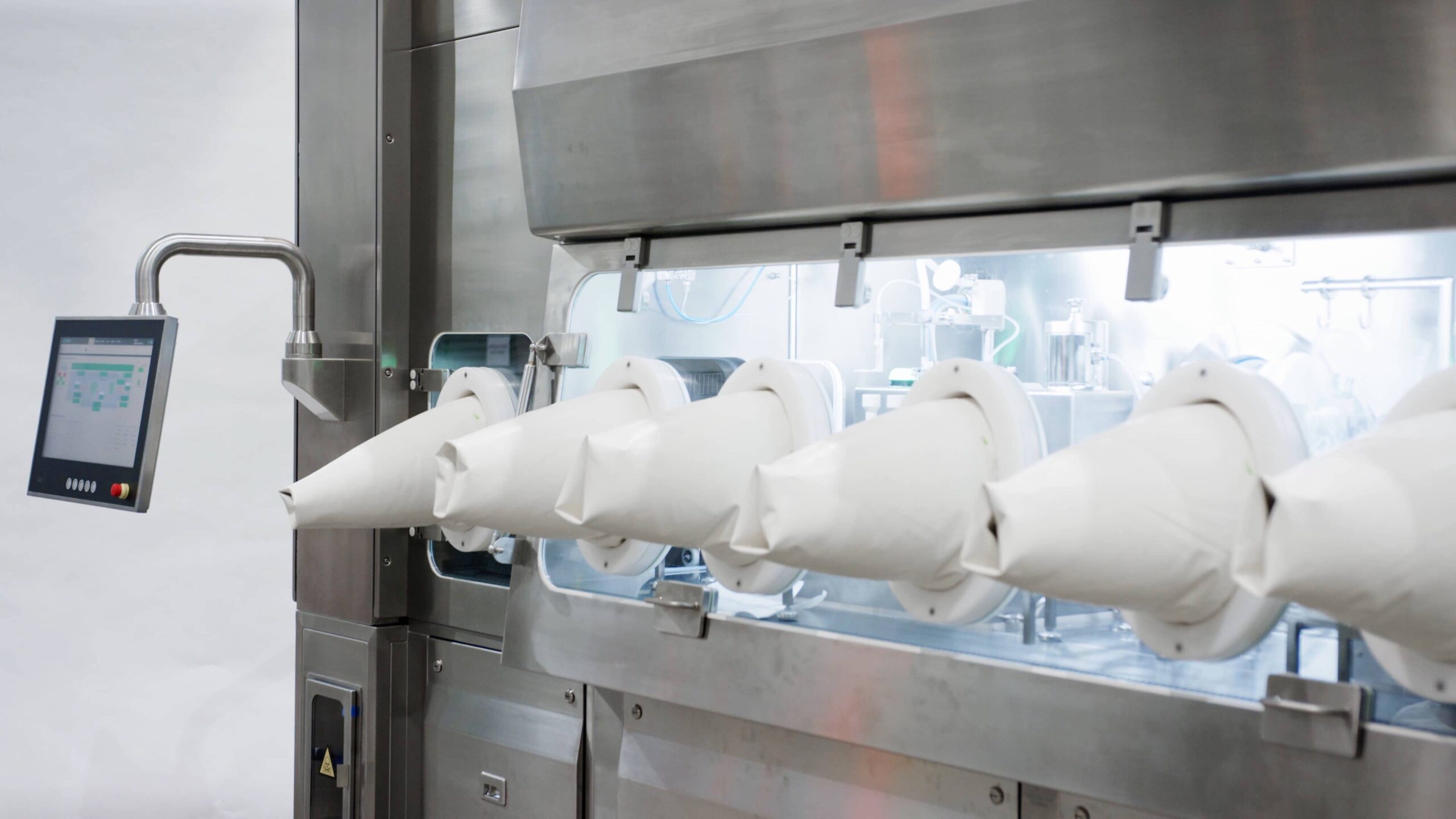
Where the Science Leads:
Low-concentration VPHP
Are high-concentration applications the most efficacious way to use hydrogen peroxide for isolator decontamination? Is it possible to achieve 6-log reduction without common operational obstacles like extended outgassing periods, overwetting, heating and microclimates, and hazmat procedures?
AST and CURIS System have partnered to provide a rigorously tested and validated 7 percent VPHP solution for drug product manufacturing. The innovative low-volume decontamination system features one-touch automation and maintains optimal levels of decontaminant to execute a full cycle in 1 hour, including aeration. The groundbreaking solution is backed by multiple independent studies and is the only 7 percent VPHP system on the market approved as a sporicidal by the EPA through a tri-part soil load.
While conventional approaches utilizing 35 percent or higher H2O2 concentrations maintain sterility, they often cost vital production time either due to speed-of-process or necessary safety measures for personnel and hazmat procedures. This advancement from AST and CURIS offers pharmaceutical manufacturers a proven time-to-market solution designed to meet the regulatory and production demands of the latest biopharmaceuticals.
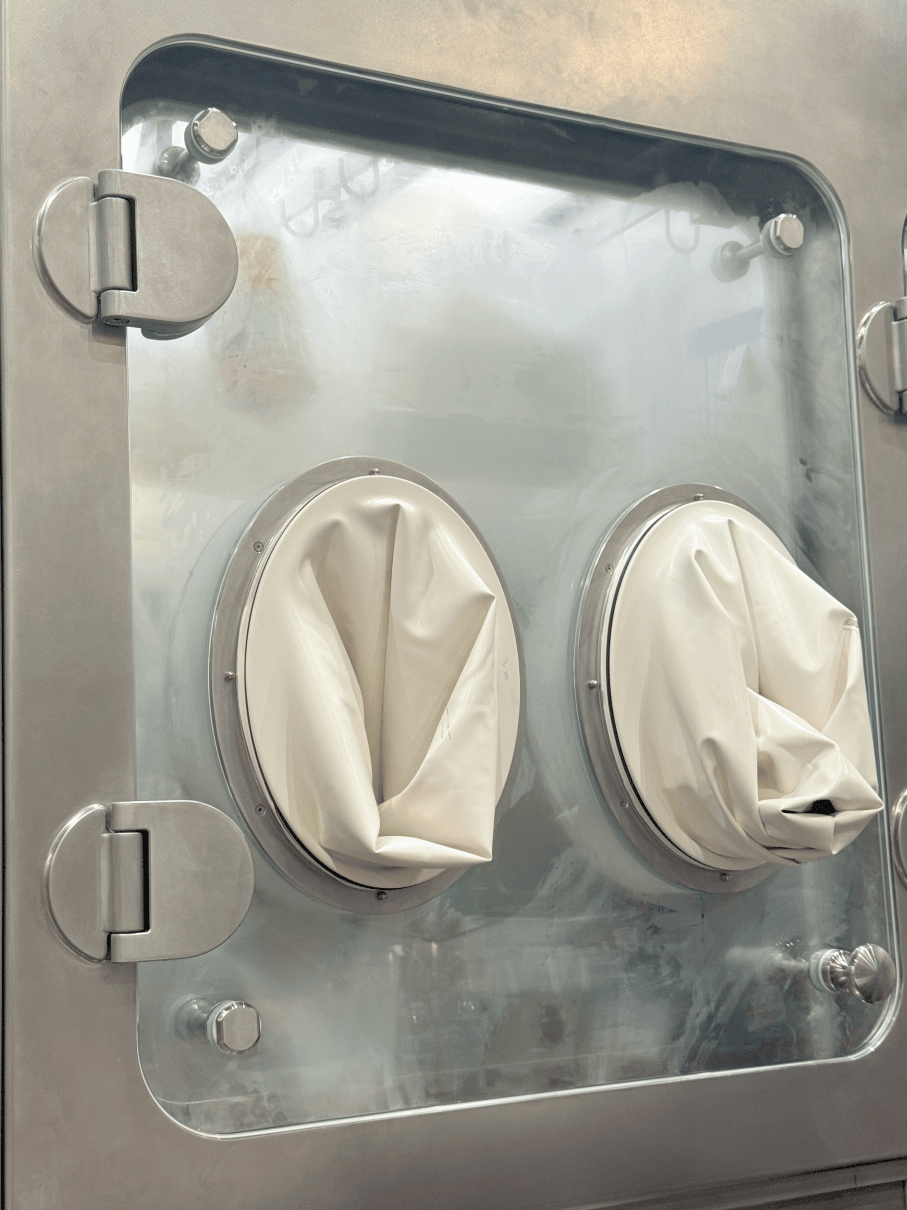
HHP™ Decontamination for Cleanrooms (LS.CLNRM)
Biodecontamination of Cleanrooms using Hybrid Hydrogen Peroxide™ Technology
Traditional cleanroom decontamination processes include multiple steps and are wrought with opportunity for potential contamination, and legacy gaseous decontamination systems, such as vaporous hydrogen peroxide (vHP) and chlorine dioxide (Cl02), employ high-consequence, high-concentration chemicals that can pose risks to staff, leave residues, or damage surfaces. To overcome many of these difficulties, CURIS tested to see if its 7% hydrogen peroxide system could provide a 6-log repeatable reduction (sporicidal disinfection) on all cleanroom surfaces, as well as within filters. Request this study to see results.
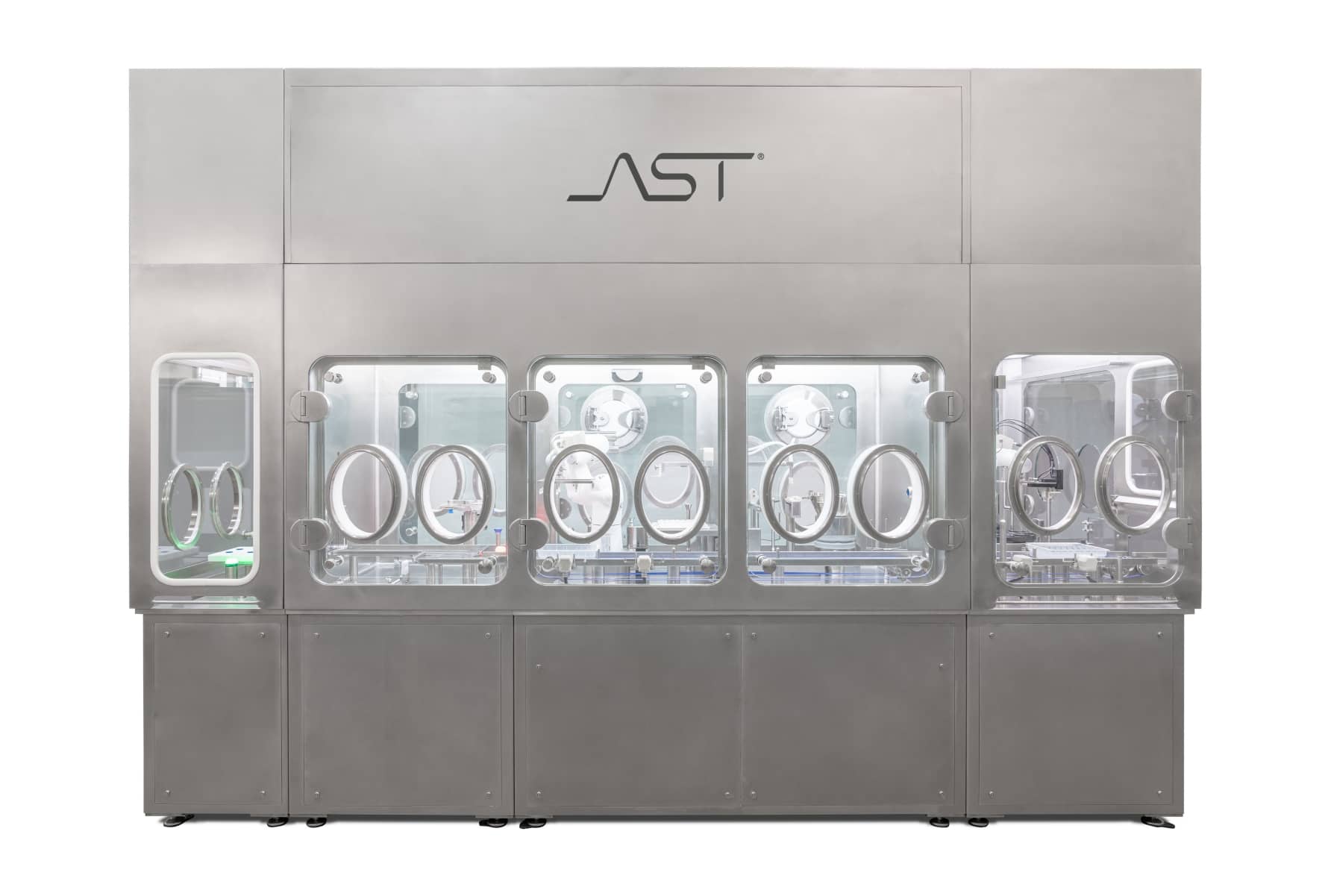
See how CURIS’s patented 7 percent VPHP solutions compare with legacy decontamination gaseous systems, including high-concentration hydrogen peroxide and chlorine dioxide, in achieving 6-log repeatable reduction.
Download the White PaperHow 7% VPHP achieves 6-log reduction:
What the latest science identifies and the groundbreaking work from CURIS confirms is that the key to VPHP decontamination is the micro-condensation process.
2H2O2
2H2O
O2
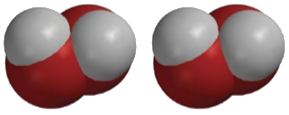
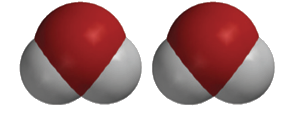

As H202 breaks down, this process of decomposition and oxidation releases energy that destroys cells, DNA, and microbials, and is the primary mechanism of decontamination.
The closer to the surface oxidation occurs, the more effective hydrogen peroxide becomes. Micro-condensation of H2O2 happens at a lower vapor point than water, ensuring that micro-droplets deliver an efficacious dose of hydrogen peroxide. For the best repeatable outcomes, H2O2 droplets should be as small as possible, in the sub-micron range (optimally 0.5-3 microns)
CURIS System’s 7000ei applies 7% VPHP evenly, rapidly, and consistently on all surfaces within the isolated environment, using automated feedback to maintain optimal kill levels with minimal amounts of H2O2 solution. The precise, controlled use of the micro-condensation at particle sizes of 0.5-3 microns achieves 6-log reduction at a low-concentration VPHP application.
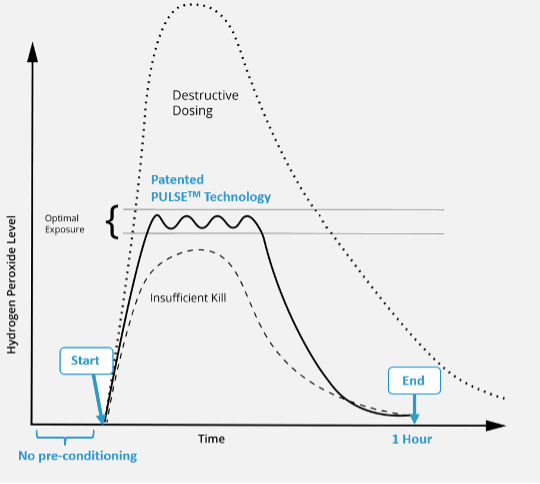
Industry-Leading Efficacy Meets Accelerated Production Time
Efficacy and Efficiency at 7 percent
- EPA-approved sporicidal via tri-part soil load.
- Virtually eliminates off-gassing
- Eliminates micro-climates
- Safe for the operator and the environment
- No heating mechanism required
- No pooling, residue, or uneven application
Isolator and Fill Line Integration
- AST’s Atmos isolator is a closed-loop system with no optimization necessary to speed up aeration (like heat), and no pressure or outside air is introduced into the isolator.
- Low-concentration VPHP has minimal impact on sensitive instrumentation and will allow for expanded scope of material compatibility for fill-finish processing.
- Annex 1 compliant
- Complete decontamination cycle in under an hour, including aeration
Customer-Centered Solution
- Non-hazmat, and easy to ship and store
- Locally made and serviced, backed by AST’s robust aftermarket services
- Fully automated cycles for repeatability
- Fully integrated into the ASTView for seamless, intuitive HMI operations and 21 CFR 11 documentation requirements
With this forward-looking partnership with CURIS System, AST is excited to offer our life science industry partners an innovative, flexible solution, designed to meet the full scope of sterile product drug manufacturing.
